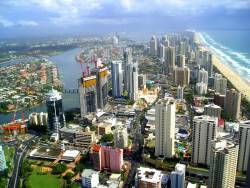AUVSI Unmanned Systems 2013
The 2013 Unmanned Systems North America industry exhibition and symposium sponsored by AUVSI will be held from August 12 -15 at Walter E. Washington convention Center in Washington D.C. The Renaissance Washington is the conference headquarters hotel.
It features technical panels and presentations, workshops and poster sessions on the state of the unmanned systems and robotics markets. The event covers military, civil and commercial applications for air, ground and maritime vehicles.











